Our story | हमारा इतिहास
Our Story | हमारा इतिहास

Our department had been established in 1873 with the purpose of research in Indo-European linguistics. Sanskrit was started immediately by its first professor Aurel Mayr. Later József Schmidt went on to publish several seminal books and translations on classical Indian culture. Notwithstanding Sir Aurel Stein's and Ervin Baktay's celebrated and productive scholarship, the department's work was hindered between the world wars.
Following World War II in 1952 János Harmatta and Csaba Töttössy were given tenures and from 1956 onwards a regular 5-year diploma course in Indian Studies came into existence. Initially the focus of the department was more at Sanskrit philology. Today Prof. Csaba Töttössy's students are internationally recognised experts in the field of classical Indian studies. After 1981 through Dr. Mária Négyesi's efforts Hindi studies became an equally important part of the department's academic profile.
To the left: Palace of Zangla village, Csoma's place of study in remote Zanskar Valley, Ladakh
हमारे विभाग की स्थापना १८७३ में, भारोपीय भाषा-परिवार पर अनुसंधान के उद्देश्य से की गई थी। विभाग के सर्वप्रथम प्रोफेसर ऑरेल मायर से ही संस्कृत के अध्यापन का सूत्रपात हुआ। बाद में प्राचीन भारतीय संस्कृति के विविध आयामों पर योज़ेफ़ श्मित्त ने कई ज़रूरी किताबों और अनुवादों का प्रकाशन किया। सर ऑरेल स्टाइन और एर्विन बक्तई के प्रसिद्ध कार्य के बावजूद दो विश्वयुद्धों के बीच फिर विभाग का कार्य स्थगित रहा।
द्वितीय विश्वयुद्ध के उपरान्त १९५२ में यानोश हर्मत्ता एवं चाबा तोत्तोशी को नियुक्ति मिली थी, इसी तरह १९५६ से पंचवर्षीय भारत अध्ययन डिप्लोमा पाठ्यक्रम का आरंभ हुआ। शुरुआत में हमारे विभाग का मूल रुझान संस्कृत वाङ्मय के प्रति अधिक दिखा। प्रो॰ चाबा तोत्तोशी के विद्यार्थी आज संस्कृत-संसार के अन्तरराष्ट्रीय ख्याति प्राप्त कर चुके जानकार हैं। १९८१ के बाद डॉ॰ मारिया नेज्यैशी के परिश्रम से हिन्दी अध्ययन भी प्रतिष्ठित रूप से विभाग के स्वरूप का एक अभिन्न अंग बन गया।
बायीं ओर : ज़ांगला गाँव का किला, चोमा की अध्ययन- स्थली लद्दाख की सुदूर ज़ंस्कार घाटी में
Hereunder you may read about the formation of Indian Studies in Hungary. You may also want to see our present India specialists' profiles or you may read about the Academic staff and Visiting professors in the department.
आगे आप हंगरी में भारत अध्ययन की उत्पत्ति का ब्यौरेवार इतिहास पढ़ सकते हैं। इसके अलावा आप हमारे देश में आज कार्यरत भारत के जानकारों का या विभाग के मौजदा प्राध्यापक-गणों तथा अतिथि आचार्यों का विवरण भी देखना चाहेंगे।
The first Hungarian known to have visited India, György Huszti, was not motivated by academic ambitions. He reached the western coast of the sub-continent in 1538 as a slave in the army of the Turkish sultan, Suleiman the Magnificent. Huszti was however a learned man and wrote an account of his experiences, which unfortunately is still unpublished.
Indian literature had been published in translation in Hungary even before Indology was a field of academic study. The first such work was translated by Dávid Rozsnyai in the 17th century. His Horologium Turcicum contains the first Hungarian version of the Pañcatantra. However, the translation was not directly from Sanskrit but from a version in Turkish. Several other 18th-century Hungarian translations are likewise not directly from Sanskrit.
Sanskrit itself has been studied in Hungary since the 18th century. In about 1750 István Vályi, a Hungarian studying in Leiden, met some Indian students there. His paper commenting on the relationship between Sanskrit and other Indo-European languages preceded better-known work by other scholars such as Cœurdoux and William Jones.
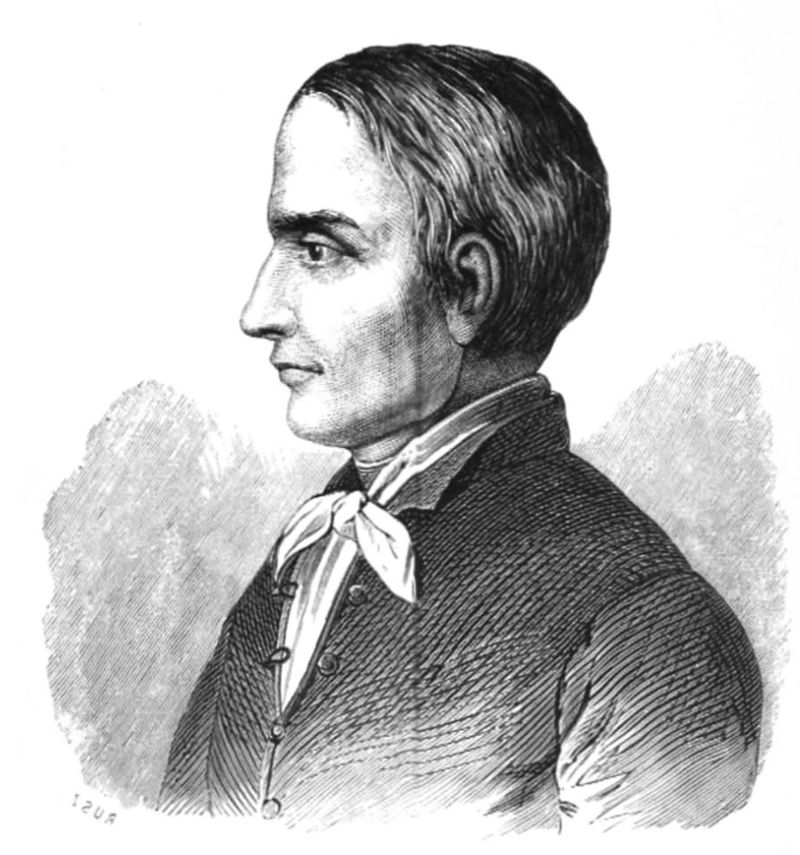 The life-work of Sándor Kőrösi Csoma (1784–1842) is still a landmark in the history of Hungarian Indology. His avowed purpose was to find the original homeland of the Hungarians in Asia. He approached the Indians and Tibetans as friends and relatives of his nation. He arrived in India as a poor student and, largely avoiding the company of the English colonisers, tried to adapt himself to the way of life of the inhabitants. He spent more than ten years in Ladakh and discovered many ancient texts of fundamental importance concerning Indian history, literature, philosophy, religion and medical science. He was the first scholar to publish and comment on the Sanskrit–Tibetan dictionary, the Mahāvyutpatti. In 1834 he published his Tibetan–English dictionary and also the first grammar of the Tibetan language. He died in Darjeeling, his original quest still unfulfilled; his tomb there is now a place of pilgrimage for all Hungarian visitors.
The life-work of Sándor Kőrösi Csoma (1784–1842) is still a landmark in the history of Hungarian Indology. His avowed purpose was to find the original homeland of the Hungarians in Asia. He approached the Indians and Tibetans as friends and relatives of his nation. He arrived in India as a poor student and, largely avoiding the company of the English colonisers, tried to adapt himself to the way of life of the inhabitants. He spent more than ten years in Ladakh and discovered many ancient texts of fundamental importance concerning Indian history, literature, philosophy, religion and medical science. He was the first scholar to publish and comment on the Sanskrit–Tibetan dictionary, the Mahāvyutpatti. In 1834 he published his Tibetan–English dictionary and also the first grammar of the Tibetan language. He died in Darjeeling, his original quest still unfulfilled; his tomb there is now a place of pilgrimage for all Hungarian visitors.
Indology has always formed a major part of the work of the Department of Indo-European Studies (since 2017 Department of Indian Studies). The Department was established in 1873 in the Faculty of Philosophy of the University. Its first professor was Aurél Mayr (1846–1915) who taught in the Department until 1905. His special field was the history of Ancient Indian Law, and his published works in this field (in German) are still of scientific value.
In the field of translation pioneering work was done by Károly Fiók (1857–1915), who at the time was working as a schoolteacher. He translated from the original Sanskrit the drama Abhijñānaśākuntalam of Kālidāsa (1887), two episodes from the Mahābhārata (1885, 1889), and the Hitopadeśa (1905). The celebrated Hungarian poet, János Arany, was inspired by this first translation of the Abhijñānaśākuntalam and he produced his own version of the fourth act of the drama.
In the second half of the 19th century Gábor Szentkatolnai Bálint (1844-1913), a polyglott linguist not only travelled to collect Kalmyk, Mongolian and Manchu language data on behalf of the Hungarian Academy, but later in the course of the years he spent abroad even learnt Tamil (notwithstanding that the comparision with Hungarian did not sustain the advances of linguisics). He was among the first supporters of Esperanto in Hungary.
Professor Mayr’s successor in the Department was József Schmidt (1868–1933). His lectures on comparative linguistics were renowned for their erudition and for the lively presentation of his own researches. Besides Sanskritology his other research fields were Iranian Studies and Indo-European Comparative Linguistics. His popular works, published during the 1920’s, include: “Life and Works of Kālidāsa”, “The Light of Asia: the Life and Doctrines of the Buddha”, “Old Indian Epic Poetry”, “The History of Sanskrit Literature”, and “Indian Philosophy”. He published several translations including the Mālavikāgnimitra (“The King and the Courtesan”) of Kālidāsa, the Mṛcchakaṭikā (“The Little Clay Cart”) of Śūdraka, and the Pañcatantra. Unfortunately many of his unpublished manuscripts were later destroyed by fire.
In the first decades of the 20th century many translations from Sanskrit by other authors were published, including several versions of the Bhagavadgītā.
In 1913 some poems of Tagore were published in the famous Hungarian literary journal Nyugat, in translation by Mihály Babits. By the time of the poet’s visit to Hungary in 1926 more than 20 of his works had appeared in Hungarian. His visit was partly for medical treatment in a sanatorium in Balatonfüred. The treatment was wholly successful, and to commemorate the visit he planted a tree there, which still stands. On his return home he maintained lively contacts with Hungarian scholars and artists.
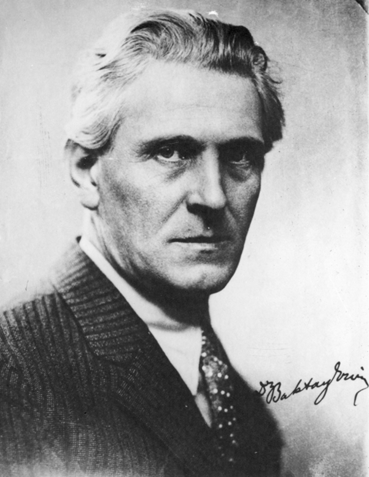 Ervin Baktay (1890–1963) played a seminal role in popularizing Indian culture in Hungary. From the 1920’s onwards he published many books on the subject, notably his version of the epics Rāmāyaṇa and Mahābhārata, and books on Indian philosophy, yoga, and religion. After 1946 he worked at the Ferenc Hopp Museum of Asiatic Arts, and also gave lectures on Indian art at the University. His book on Indian art, published in 1958, is a classic work.
Ervin Baktay (1890–1963) played a seminal role in popularizing Indian culture in Hungary. From the 1920’s onwards he published many books on the subject, notably his version of the epics Rāmāyaṇa and Mahābhārata, and books on Indian philosophy, yoga, and religion. After 1946 he worked at the Ferenc Hopp Museum of Asiatic Arts, and also gave lectures on Indian art at the University. His book on Indian art, published in 1958, is a classic work.
A further link between the two countries was represented by Amrita Sher-Gil (1913–1941). The talented painter had a Hungarian mother and an Indian father. She pioneered a new phase in the development of Indian painting.
In 1920 the Department’s work had to cease for political reasons, and was not resumed until 1948. However during this time another distinguished Hungarian Indologist, Sir Aurél Stein (1862–1943) was working outside the country. His most important philological work was his critical text edition of Kalhaṇa’s Rājataraṃginī. His most valuable activity, however, was the organization of three expeditions to Central Asia between 1900 and 1916. These brought to light a large quantity of ancient manuscripts (mostly from Tun Huang, Western China) whose study has not yet been completed. For his work he received a British knighthood. The Delhi National Museum has a special exhibition of the material collected by him.
In 1948 studies at the University in this field were recommenced, being led by Oszvald Szemerényi (for one year). József Vekerdi, later well-known as a translator of many Sanskrit works, was one of his students. After this László Gaál, later professor of Classical Philology in Debrecen, taught Sanskrit in the Department for a short time. He had studied in Göttingen, being the student of Professor Friedrich Carl Andreas, the well-known scholar of Iranian Studies, and of Professor Richard Fick, the famous Sanskritologist.
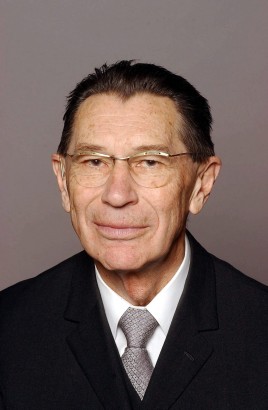 As mentioned above, József Vekerdi (1927–2015), a former Indology student of the University, was a celebrated translator of a large number of classic Sanskrit works, amongst which are the Kathāsaritsāgara, the Vetālapañcaviṃśatikā, hymns from the Ṛgveda, and works of Kālidāsa. He collaborated with several Hungarian poets, amongst them Gyula Tellér and István Lakatos. His work produced with Sándor Weöres has been particularly acclaimed; their version of Jayadeva's Gītagovinda has been praised by Indian poets. Vekerdi was also a distinguished scholar, with a special interest in the language of the Gipsy people.
As mentioned above, József Vekerdi (1927–2015), a former Indology student of the University, was a celebrated translator of a large number of classic Sanskrit works, amongst which are the Kathāsaritsāgara, the Vetālapañcaviṃśatikā, hymns from the Ṛgveda, and works of Kālidāsa. He collaborated with several Hungarian poets, amongst them Gyula Tellér and István Lakatos. His work produced with Sándor Weöres has been particularly acclaimed; their version of Jayadeva's Gītagovinda has been praised by Indian poets. Vekerdi was also a distinguished scholar, with a special interest in the language of the Gipsy people.
The Department of Indo-European Studies was formally reestablished in 1952, when János Harmatta was appointed as its head. At that time the principal activity of the Department was the teaching of the linguistics of classical languages; Sanskrit was taught as an optional subject.
In 1956 Indology was introduced as a formal university subject in the Department. This was the first time such a course had been offered in Hungary – and it remains the only such course in the country today. All Indologists currently working in Hungary were trained in the Department.
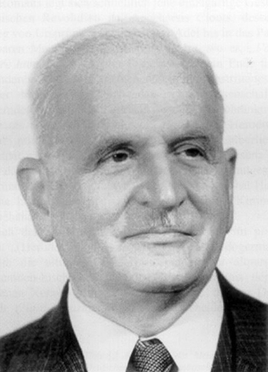 Professor János Harmatta (1917–2004), a Member of the Hungarian Academy of Sciences, was Head of Department from 1956 until his formal retirement in 1987. He continued to teach here as a professor emeritus. His major specialties were: Iranian Studies (history of Old and Middle Iranian languages, inscriptions in Old Persian, Parthian, Middle Persian, Bactrian and Sogdian); Classical Philology (Greek historians and geographers); Indology (Prakrit languages including Gandhari Prakrit, history of the Indian languages, Brahmi and Kharoshti inscriptions); Indo-European linguistics. He also translated Sanskrit works including hymns from the Ṛgveda.
Professor János Harmatta (1917–2004), a Member of the Hungarian Academy of Sciences, was Head of Department from 1956 until his formal retirement in 1987. He continued to teach here as a professor emeritus. His major specialties were: Iranian Studies (history of Old and Middle Iranian languages, inscriptions in Old Persian, Parthian, Middle Persian, Bactrian and Sogdian); Classical Philology (Greek historians and geographers); Indology (Prakrit languages including Gandhari Prakrit, history of the Indian languages, Brahmi and Kharoshti inscriptions); Indo-European linguistics. He also translated Sanskrit works including hymns from the Ṛgveda.
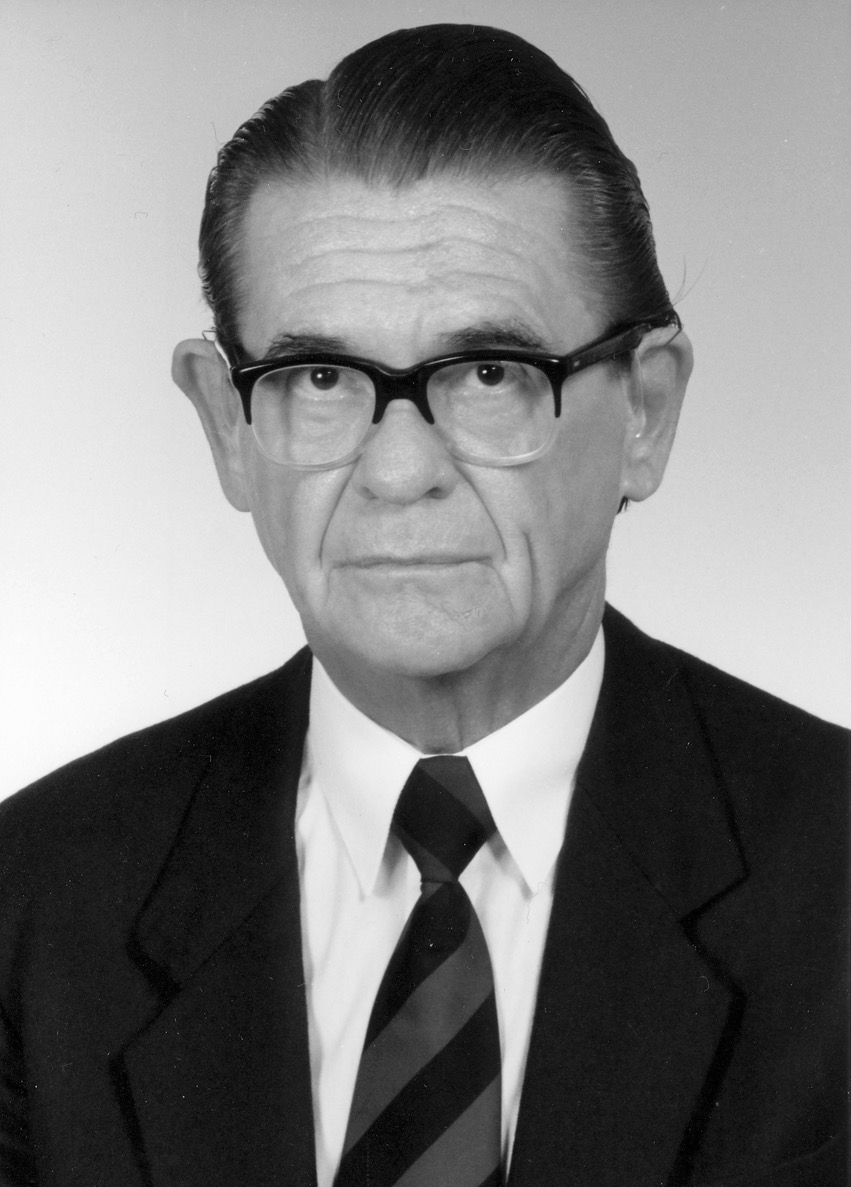 Professor Csaba Töttössy (1931–2011) taught in the Department since 1953, and was Head of Department from 1987 till 2001. Since 2002 he continued teaching as retired professor. In 1963 he received his Candidate’s Degree (PhD) on the subject of a work of Sanskrit literature, the Śukasaptati. He delivered his habilitation lecture, on the subject of the comparative syntax of Latin, Greek and Sanskrit, in March 1995. Prof. Töttössy was in 1956 commissioned by the Ministry of Education to extend departmental activities to include the formal teaching of Indology; he established the university syllabus for this subject. He taught grammar, text reading and analysis, history of Sanskrit language and literature, etc. He also lectured on Indo-European linguistics and Latin historical grammar. One of his research interests was the comparison of Greek and Latin with Indo-Iranian languages. His studies on the Śukasaptati are a major contribution to Sanskritology. These include the problem of authorship, the elucidation of the thematic structure and the demonstration of parallels with western literary genres. His translation of the textus ornatior version of this work was first published in 1962. He also translated selections from the Mānavadharmaśāstra, and Kautịlya's Arthaśāstra.
Professor Csaba Töttössy (1931–2011) taught in the Department since 1953, and was Head of Department from 1987 till 2001. Since 2002 he continued teaching as retired professor. In 1963 he received his Candidate’s Degree (PhD) on the subject of a work of Sanskrit literature, the Śukasaptati. He delivered his habilitation lecture, on the subject of the comparative syntax of Latin, Greek and Sanskrit, in March 1995. Prof. Töttössy was in 1956 commissioned by the Ministry of Education to extend departmental activities to include the formal teaching of Indology; he established the university syllabus for this subject. He taught grammar, text reading and analysis, history of Sanskrit language and literature, etc. He also lectured on Indo-European linguistics and Latin historical grammar. One of his research interests was the comparison of Greek and Latin with Indo-Iranian languages. His studies on the Śukasaptati are a major contribution to Sanskritology. These include the problem of authorship, the elucidation of the thematic structure and the demonstration of parallels with western literary genres. His translation of the textus ornatior version of this work was first published in 1962. He also translated selections from the Mānavadharmaśāstra, and Kautịlya's Arthaśāstra.
In the 1960’s Miklós Hutterer, the well-known specialist in Germanic languages, was a member of the Department for some years.
Studies on contemporary India, especially Hindi language and literature, only began in Hungary a few decades ago. Nevertheless, Hindi was an integral part of the syllabus when formal training in Indian Studies started in 1956.
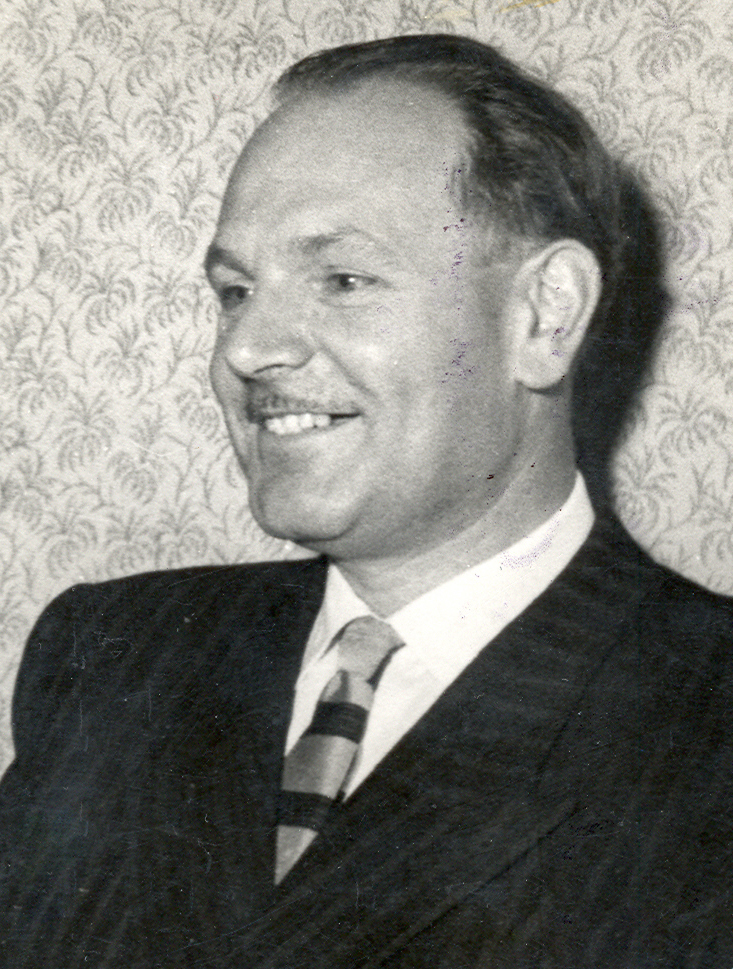 The first teacher in this field was Dr. Árpád Debreczeni (1911–1984). His PhD thesis was concerned with the role of stress and intonation in Hindi. His introductory language teaching textbook, used internally in the Department, was the first in Hungarian. His research interests included the comparative study of the verb-structures of the two languages, and the different “registers” in the use of Hindi. He translated several works of modern Hindi literature, and published numerous academic papers. Unfortunately his pioneering Hindi-Hungarian dictionary is still unpublished; but the first Hungarian-Hindi dictionary, published in 1973, was revised by him. It had been compiled by Péter Kós, the former Hungarian Ambassador to India.
The first teacher in this field was Dr. Árpád Debreczeni (1911–1984). His PhD thesis was concerned with the role of stress and intonation in Hindi. His introductory language teaching textbook, used internally in the Department, was the first in Hungarian. His research interests included the comparative study of the verb-structures of the two languages, and the different “registers” in the use of Hindi. He translated several works of modern Hindi literature, and published numerous academic papers. Unfortunately his pioneering Hindi-Hungarian dictionary is still unpublished; but the first Hungarian-Hindi dictionary, published in 1973, was revised by him. It had been compiled by Péter Kós, the former Hungarian Ambassador to India.
Géza Bethlenfalvy (1936–2022), the Department’s first graduate in 1963, was the Director of the Hungarian Information and Cultural Centre in Delhi for several years. His main academic field being Tibetology, especially the mutual influences between the Sanskrit and Tibetan literatures, he also lectured formerly at Delhi University in Hungarian language and literature for many years . He taught at the Department of Tibetan Studies, Eötvös Loránd University. He did an outstanding job for deepening the Indo-Hungarian cultural relations.
Prof. Ildikó Puskás (1942–2009) served as Head of Department of Ancient History, Eötvös Loránd University. She also lectured in the equivalent department at the University of Debrecen. Her research field was the pre-Aryan history of India and Hinduism. She published an English-Hungarian bilingual bibliography of Hungarian works on India.
Dr. Judit Fehér (1953–2019), after graduating in 1983 in Indian and Tibetan studies worked in the Ferenc Hopp Museum of Asiatic Arts for two years. She was awarded her PhD in 1994 on the subject of Buddhist philosophy (the Madhyamaka). She was a researcher at the Hungarian Academy of Sciences, and also taught at the “Gateway to Wisdom” Buddhist College in Budapest.
Above you have read about the formation of Indian Studies in Hungary. You may also want to see our present India specialists' profiles or you may read about the Academic staff and Visiting professors in the department.
ऊपर आपने हंगरी में भारत अध्ययन की उत्पत्ति का ब्यौरेवार इतिहास पढ़ा है। इसके अलावा आप हमारे देश में आज कार्यरत भारत के जानकारों का या विभाग के मौजदा प्राध्यापक-गणों तथा अतिथि आचार्यों का विवरण भी देखना चाहेंगे।

